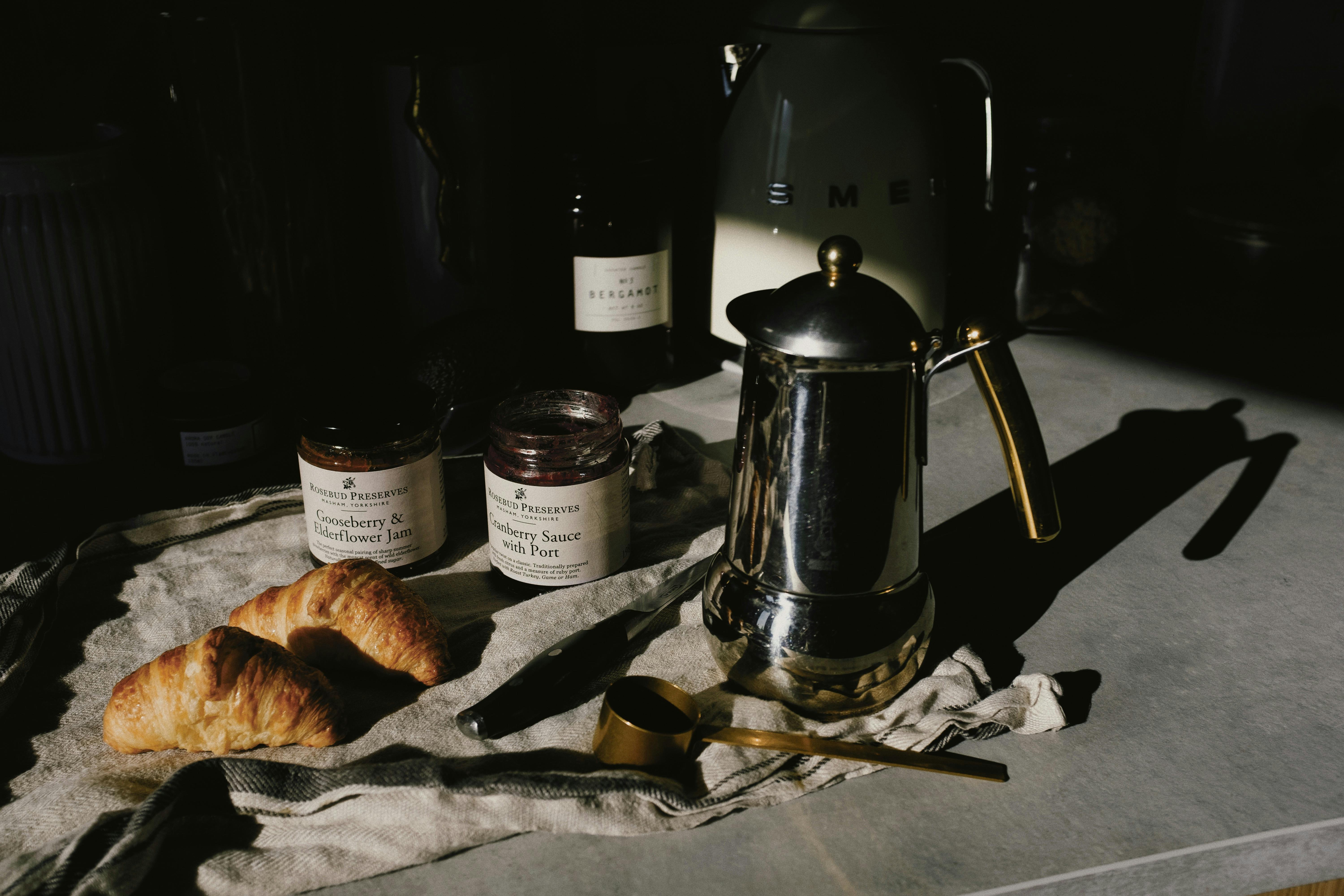A no-nonsense explanation of eco-friendly kitchen cabinets
Green kitchen cabinets and actually furniture and other wood products use materials that are supposed to be good for the environment and help save energy and resources.
Some of the organic products and their advantages and disadvantages:
BAMBOO – This is actually a type of grass that grows almost like a weed in Asia. China is best known for its import of bamboo.
Pros: It grows very fast and is therefore easily replaced. Bamboo is abundant in China and is considered one of the most renewable products in the world.
It is a very strong product and is harder than “Oak”.
It can be dyed almost any color.
Disadvantages: It has to be shipped from China to the United States, so it takes quite a bit of power to ship it.
RECYCLED WOOD- Reclaimed wood is wood that has been taken from the past and repurposed for new products.
Old Barn Wood – This wood can be used for cabinets, flooring, or any wood product.
Old Logs Pulled From the Bottom of Lake Michigan – These are logs that have been pulled from the bottom of Lake Michigan. Loggers used to transport the logs across Lake Michigan and many of the logs ended up on the bottom of the lake. A company has been contracted to remove these logs and they have been recovered and dried.
Wood and Beams from Old Factories- Most of them are wood used in the construction of old factories. These old beams can be re-sawn and used for flooring or even kitchen cabinets.
Pros: Recycled products are great because you are taking old materials and repurposing them for new products.
Cons: Some of these products require quite a bit of energy to recover or process for use in new ones.
FORMALDEHYDE FREE Wood- This is wood like Strawboard or Special MDF (Medium Density Fiberboard) that uses special glues without Formaldehyde. There is a growing number of these products coming onto the market.
Pros: Because there is no formaldehyde in this engineered wood, it is better for the environment because it does not emit toxic gases.
Cons: Because it’s not a finished product, it’s typically used for cabinet interiors. Although some people may consider a more industrial look for a finished product.
Solid Wood – Actually, products made from solid wood can be considered eco-friendly, but special processing is required to keep it eco-friendly. Solid wood glued with special formaldehyde-free glues. In addition, the finish of the wood is essential. Water-based, LOW VOC lacquers for wood are recommended, compared to the more traditional Nitrocellulose lacquers that can harm the environment.
Pros: More readily available and less expensive than some of the other finished woods mentioned above.
Cons: Can require a lot of energy and resources to transform into wood.
Another more hybrid product is solid wood that has been processed by an Urban Sawmill. There are local small sawmill companies that use logs that have been salvaged from tree services and local trees that have to be removed for safety or disease reasons. These are excellent woods to use for cabinets and furniture because they come from local resources and less energy is used to ship and process them. Some of these urban sawmills even have Solar Ovens that use natural resources to dry the wood.
The “environmentally friendly era” is here and today there is a lot of expectation about green products. But green products have a lot of merit because they show that you care about the environment and its future. Sustainable products are the wave of the future and will likely increase in popularity in the future.
